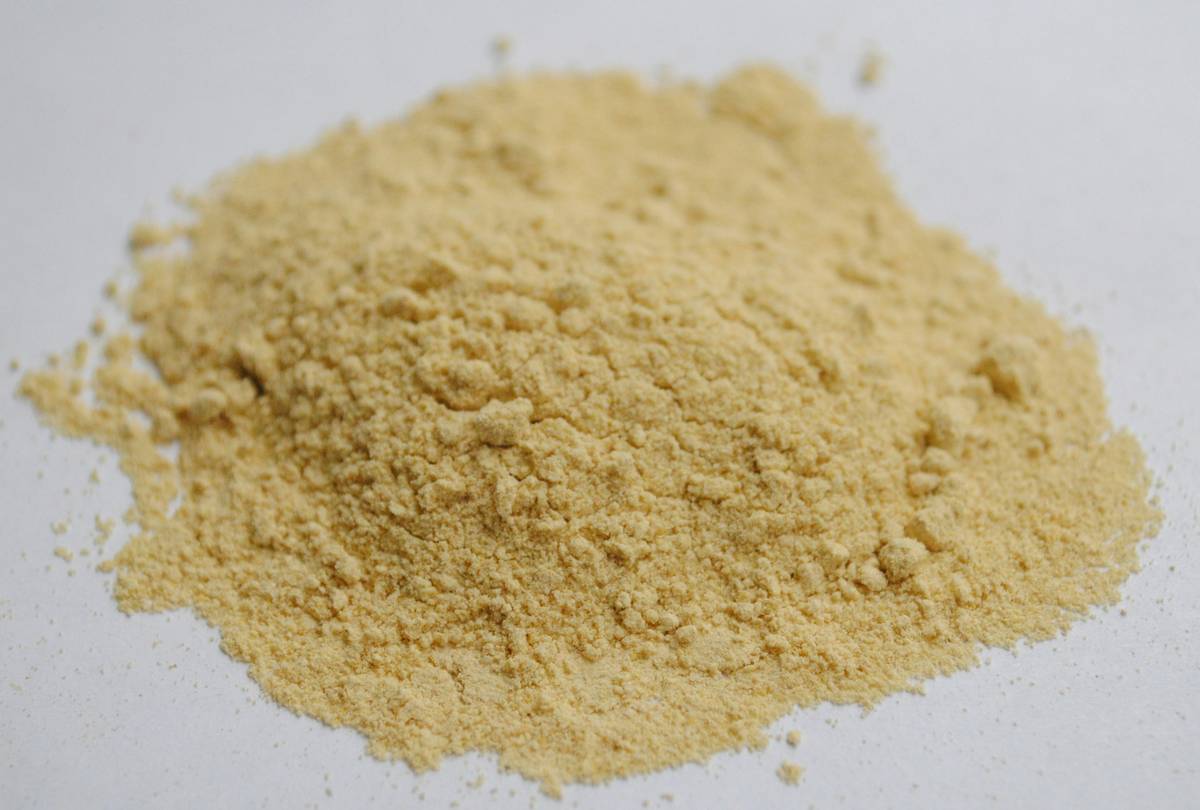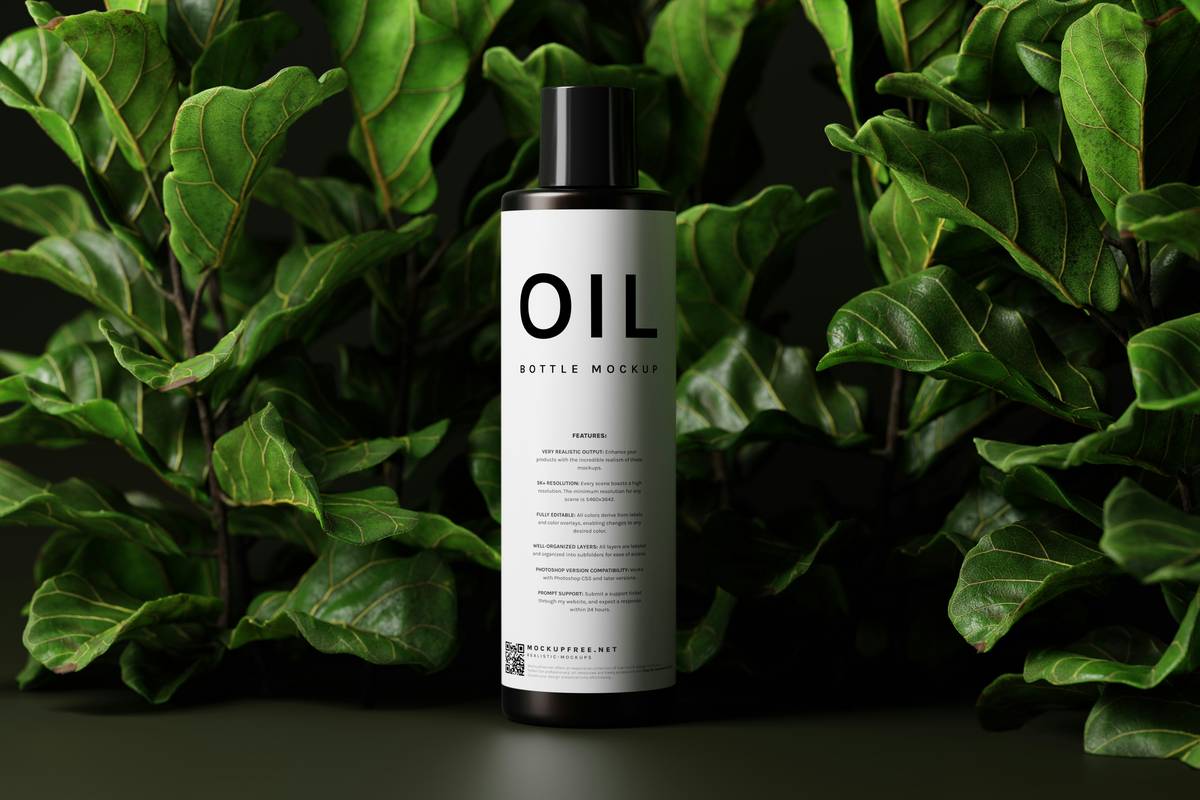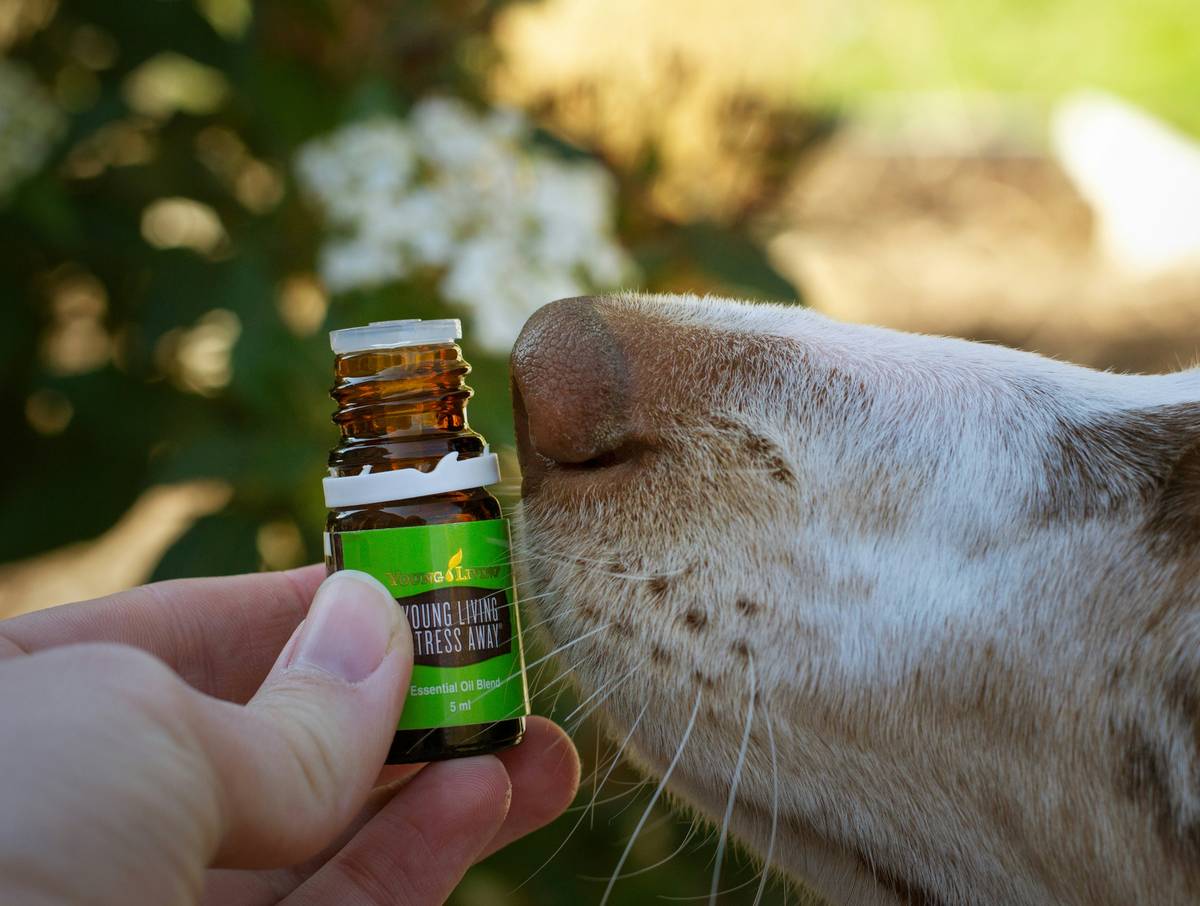Have you ever watched your furry companion struggle with joint pain or stiffness and wished there was a natural solution? Yeah, us too. Enter turmeric—for humans AND pets! But before you start sprinkling it on everything (including their kibble), let’s get real about how turmeric inflammation support works for pets and why it’s becoming a game-changer in pet supplements.
In this guide, we’ll dive deep into the science behind turmeric for pets, share actionable steps to incorporate it safely, reveal best practices, and even dish out some brutal honesty about what *not* to do. Ready? Grab a cup of coffee—or tea—and let’s jump in!
Table of Contents
- Key Takeaways
- Why Pet Inflammation Is a Growing Concern
- Step-by-Step Guide to Using Turmeric Safely
- 7 Tips for Maximizing Turmeric Supplements
- Real-Life Success Stories
- Frequently Asked Questions About Turmeric
- Conclusion
Key Takeaways
- Turmeric contains curcumin, which has powerful anti-inflammatory properties beneficial for pets.
- Always consult your vet before introducing turmeric as part of your pet’s diet.
- Avoid low-quality turmeric powders—opt for organic, high-curcumin options instead.
- Mixing turmeric with black pepper boosts absorption by up to 2,000%.
- Consistency is key: Long-term use yields better results than one-time applications.
Why Pet Inflammation Is a Growing Concern
I once made the rookie mistake of ignoring my dog Max’s occasional limping after long walks. Turns out, he wasn’t just “getting older”—he was struggling with mild arthritis caused by chronic inflammation. And guess what? He’s not alone. According to recent studies, over 30% of dogs over age seven experience arthritis-related issues. 😱

Figures don’t lie: Chronic inflammation plagues more than one-third of senior pets.
Inflammation isn’t exclusive to seniors either. From digestive disorders to skin allergies, many young pets suffer silently due to untreated inflammatory conditions. That’s where turmeric steps in—nature’s golden spice might be exactly what your pet needs. But wait…can you really trust trendy health claims? Let’s unpack the facts.
Step-by-Step Guide to Using Turmeric Safely
Optimist You: “Follow these simple steps, and your pet will feel like an agility champion!”
Grumpy You: “Ugh, fine—but only if you double-check dosages.”
Step 1: Choose Quality Turmeric Powder
Not all turmerics are created equal. Many cheap brands cut corners by diluting the active ingredient, curcumin. Always opt for USDA-certified organic products labeled as “high-curcumin content.” Trust me; saving $5 now could mean zero results later.
Step 2: Mix It with Black Pepper
This combo is chef’s kiss. Why? Black pepper contains piperine—a compound that dramatically enhances curcumin absorption. Think of black pepper as the Yoda to turmeric’s Luke Skywalker.

Step 3: Add Healthy Fats
Curcumin absorbs best when paired with fats. Coconut oil or a dollop of yogurt makes the perfect sidekick here.
7 Tips for Maximizing Turmeric Supplements
Now that you’ve got the basics down, let’s level up:
- Start Slow: Begin with small doses to monitor reactions.
- Consult Your Vet: They know your pet better than Google does.
- Avoid Cheap Brands: If it sounds too good to be true, run.
- Watch Out for Side Effects: Some pets may experience upset stomachs.
- Pair With Other Anti-Inflammatory Foods: Think fish oil or green-lipped mussels.
- Don’t Forget Hydration: Ensure water bowls are always full.
- Gauge Progress Over Time: Magic doesn’t happen overnight—but consistency pays off.
Real-Life Success Stories
Meet Luna, a 9-year-old Golden Retriever who struggled with severe hip dysplasia. Her owner started adding turmeric paste to her meals twice daily, combined with regular physiotherapy sessions. Within three months, Luna’s mobility improved significantly! No, it wasn’t magic—it was consistent, informed care.

Frequently Asked Questions About Turmeric
Q: Can cats take turmeric?
Certainly! However, they require much lower doses compared to larger animals like dogs. Consult your vet first.
Q: What happens if I give my pet too much turmeric?
Possible side effects include nausea, vomiting, or loose stools. Moderation is critical!
Q: How fast will I see results?
While improvements vary depending on your pet’s condition, most owners notice positive changes within 4–6 weeks.
Conclusion
Turmeric inflammation support holds incredible potential for enhancing your pet’s quality of life—but only when done right. Remember: Start slow, prioritize quality ingredients, and loop in your veterinarian every step of the way. Yes, it takes effort—but so does training your cat not to claw furniture. It’s worth it!
And hey, while you’re at it, treat yourself to a turmeric latte. After all, self-care matters too.
Like a Tamagotchi, your pet’s health needs daily love and attention. Keep nurturing, keep learning, and keep being awesome 👏🐾.


